Panama Amazon Fertile Parrot Eggs
$45.00
Panama Amazon Fertile Parrot Eggs
-
Native species and their characteristics
-
Importance of Panama’s Amazon parrots in the ecosystem
-
Conservation status and challenges
-
Ethical concerns surrounding egg trade
-
Legal considerations and regulations
-
Reasons for egg collection
-
Benefits of controlled breeding for conservation
-
Challenges in captive breeding programs
-
Incubation techniques and equipment
-
Ideal conditions for successful breeding
-
Proper handling and storage of fertile eggs
-
Methods to determine egg viability
-
Factors affecting egg fertility
-
First days of chick care
-
Assisting the hatching process
-
Monitoring egg development
-
Incubation period and temperature control
Legal and Ethical Considerations
-
Supporting sustainable breeding practices
-
Alternatives to wild-collected eggs
-
Panama’s specific laws and enforcement
-
International regulations on parrot egg trade
-
Sustainable approaches to parrot breeding
-
Balancing conservation and aviculture needs
-
Potential consequences of egg collection
Description
Imagine holding the future of a vibrant, intelligent Amazon parrot in the palm of your hand. That’s precisely what fertile parrot eggs from Panama represent – a tiny, fragile world of potential. But with this incredible opportunity comes a whirlwind of questions, challenges, and ethical considerations that have sparked intense debate among conservationists, breeders, and parrot enthusiasts alike.
Are you ready to dive into the colorful, complex world of Panama Amazon Fertile Parrot Eggs? From understanding the delicate balance of wild populations to the intricacies of captive breeding, this journey will take you through the entire process – from Panama Amazon Fertile Parrot Eggs to chick and beyond. We’ll explore the growing demand for these precious Panama Amazon Fertile Parrot Eggs, the science behind ensuring their fertility, and the legal maze surrounding their acquisition and care.
Join us as we unravel the mysteries of Panama Amazon Fertile Parrot Eggs examining their impact on both captive and wild populations. We’ll start by taking a closer look at Panama’s diverse Amazon parrot species and why their eggs have become such a hot commodity in the avian world…
Understanding Panama’s Amazon Parrot Population
A. Native species and their characteristics
Panama is home to several species of Amazon parrots, each with unique characteristics:
- Yellow-crowned Amazon (Amazona ochrocephala)
- Red-lored Amazon (Amazona autumnalis)
- Mealy Amazon (Amazona farinosa)
| Species | Distinctive Features | Size | Lifespan |
|---|---|---|---|
| Yellow-crowned Amazon | Yellow forehead, red wing patch | 33-38 cm | 50-60 years |
| Red-lored Amazon | Red lores, blue crown | 32-35 cm | 50+ years |
| Mealy Amazon | Largest Amazon species, “powdery” appearance | 38-41 cm | 60-70 years |
These parrots are known for their intelligence, vibrant plumage, and vocal abilities, making them popular in both wild and captive settings.
B. Importance of Panama’s Amazon parrots in the ecosystem
Amazon parrots play crucial roles in Panama’s ecosystems:
- Seed dispersal: They contribute to forest regeneration by spreading seeds of various plant species.
- Pollination: While feeding on nectar, they inadvertently pollinate flowers.
- Food source: They serve as prey for larger predators, maintaining ecological balance.
- Indicator species: Their presence often signifies a healthy, diverse ecosystem.
C. Conservation status and challenges
Panama’s Amazon parrot populations face several threats:
- Habitat loss due to deforestation
- Illegal pet trade
- Climate change impacts
- Competition with invasive species
Conservation efforts focus on:
- Habitat protection and restoration
- Anti-poaching measures
- Public education and awareness programs
- Captive breeding for species recovery
Despite these efforts, many Amazon parrot species in Panama are classified as vulnerable or near-threatened, highlighting the need for continued conservation action.
Now that we’ve examined Panama’s Amazon parrot population, let’s explore the growing demand for fertile parrot eggs and its implications.
The Demand for Panama Amazon Fertile Parrot Eggs
As we delve deeper into the world of Panama’s Amazon parrots, it’s crucial to understand the complex dynamics surrounding fertile parrot eggs. The demand for these eggs has grown significantly in recent years, raising important questions about ethics, legality, and conservation.
Ethical Concerns Surrounding Egg Trade
The trade in Panama Amazon Fertile Parrot Eggs is a contentious issue, with valid concerns on both sides:
- Conservation impact
- Animal welfare
- Preservation of wild populations
| Pros of Egg Trade | Cons of Egg Trade |
|---|---|
| Reduces wild capture | Potential for smuggling |
| Supports captive breeding | Risk of egg damage during transport |
| Allows for genetic diversity | Encourages illegal collection |
Legal Considerations and Regulations
The legal landscape surrounding Panama Amazon Fertile Parrot Eggs trade is complex and varies by country:
- CITES regulations
- National wildlife protection laws
- Import/export restrictions
- Licensing requirements for breeders
Reasons for Egg Collection
Understanding the motivations behind egg collection is crucial:
- Aviculture and captive breeding programs
- Scientific research
- Conservation efforts
- Pet trade demand
The demand for Panama Amazon Fertile Parrot Eggs reflects a broader interest in these charismatic birds. However, it’s essential to balance this demand with responsible practices that prioritize the welfare of both captive and wild populations. As we move forward, we’ll explore the intricacies of breeding Amazon parrots in captivity, shedding light on the challenges and rewards of this practice.
Breeding Amazon Parrots in Captivity
Now that we understand the demand for fertile parrot eggs, let’s explore the process of breeding Amazon parrots in captivity. This practice plays a crucial role in conservation efforts and helps meet the demand for these beautiful birds as pets without impacting wild populations.
A. Benefits of controlled breeding for conservation
Controlled breeding programs offer several advantages for Amazon parrot conservation:
- Genetic diversity preservation
- Population management
- Reduced pressure on wild populations
- Research opportunities
B. Challenges in captive breeding programs
Despite its benefits, breeding Amazon parrots in captivity comes with its own set of challenges:
- Mate compatibility issues
- Stress-induced infertility
- Nutritional deficiencies
- Behavioral problems
C. Incubation techniques and equipment
Successful breeding requires proper incubation techniques and equipment. Here’s a comparison of common incubation methods:
| Method | Pros | Cons |
|---|---|---|
| Natural | Low-cost, mimics wild conditions | Less control, higher risk |
| Artificial | Precise control, higher success rate | Expensive, requires expertise |
| Combination | Balances natural and artificial methods | Requires careful monitoring |
D. Ideal conditions for successful breeding
To maximize breeding success, breeders must create optimal conditions for their Amazon parrots:
- Temperature: Maintain a consistent 70-80°F (21-27°C)
- Humidity: Keep levels between 50-60%
- Lighting: Provide 12-14 hours of light daily
- Diet: Offer a varied, nutrient-rich diet
- Nesting: Provide appropriate nesting boxes and materials
By carefully managing these factors, breeders can significantly increase the chances of successful reproduction in captivity. Next, we’ll delve into the crucial aspects of ensuring Panama Amazon Fertile Parrot Eggs fertility and viability.
Ensuring Egg Fertility and Viability
Proper handling and storage of fertile eggs
Handling and storing fertile Amazon parrot eggs correctly is crucial for their viability. Always wash your hands thoroughly before touching the eggs to prevent contamination. Store the eggs in a clean, temperature-controlled environment, ideally between 60-65°F (15-18°C), with a relative humidity of 50-60%. Use an egg turner to rotate the eggs regularly, mimicking the natural behavior of parent birds.
Methods to determine egg viability
Several methods can be used to assess the viability of Amazon parrot eggs:
- Candling: Shine a bright light through the egg to observe its contents
- Weight loss monitoring: Track egg weight loss over time
- Floating test: Observe how the egg behaves when placed in warm water
- Shell quality assessment: Check for cracks, thin spots, or abnormalities
| Method | Advantages | Disadvantages |
|---|---|---|
| Candling | Non-invasive, can be done multiple times | Requires practice to interpret results |
| Weight loss monitoring | Accurate, provides data over time | Requires consistent measurements |
| Floating test | Quick and easy | Can be stressful for the embryo |
| Shell quality assessment | Simple visual inspection | May not detect internal issues |
Factors affecting egg fertility
Several factors can impact the fertility of Amazon parrot eggs:
- Parental health and nutrition
- Age of breeding birds
- Environmental conditions (temperature, humidity, light)
- Genetic compatibility of breeding pairs
- Stress levels in breeding birds
- Timing of breeding season
- Presence of toxins or contaminants
By carefully managing these factors and implementing proper handling techniques, breeders can significantly improve the chances of producing viable Amazon parrot eggs. This attention to detail is essential for successful captive breeding programs and the conservation of these magnificent birds.
From Egg to Chick: Hatching Process
The journey from egg to chick is a crucial and delicate process in breeding Panama Amazon parrots. Understanding each stage of this development is essential for successful hatching and raising healthy chicks.
Incubation Period and Temperature Control
The incubation period for Panama Amazon parrot eggs typically lasts around 24-28 days. During this time, maintaining precise temperature and humidity levels is critical:
| Parameter | Ideal Range |
|---|---|
| Temperature | 37.2°C – 37.5°C (99°F – 99.5°F) |
| Humidity | 50-55% (first 25 days), 65-70% (last 2-3 days) |
Consistent monitoring and adjustments are necessary to ensure optimal conditions for embryo development.
Monitoring Egg Development
Regular egg monitoring helps track the progress of embryo growth:
- Candling: Shining a bright light through the egg to observe development
- Weight loss: Measuring egg weight to ensure proper moisture loss
- Air cell size: Checking the expansion of the air cell at the egg’s blunt end
These observations provide valuable insights into the health and viability of the developing chick.
Assisting the Hatching Process
While most chicks hatch on their own, some may require assistance:
- Observe for signs of pipping (initial shell breakthrough)
- Monitor progress over 24-48 hours
- Provide gentle assistance only if necessary, avoiding premature intervention
First Days of Chick Care
Once hatched, the first few days are critical for chick survival:
- Maintain a brooder temperature of 35°C-37°C (95°F-98.6°F)
- Offer small, frequent feedings of specialized hand-rearing formula
- Monitor weight gain and hydration levels closely
With proper care and attention during each stage, from incubation to post-hatch care, breeders can significantly improve the success rate of hatching healthy Panama Amazon parrot chicks.
Legal and Ethical Considerations
When it comes to Panama Amazon fertile parrot eggs, there are several legal and ethical considerations that breeders, collectors, and enthusiasts must keep in mind. These considerations are crucial for maintaining the balance between conservation efforts and the demand for these exotic birds.
Supporting sustainable breeding practices
Sustainable breeding practices are essential for the long-term preservation of Panama Amazon parrots. Here are some key aspects of sustainable breeding:
- Genetic diversity management
- Proper nutrition and healthcare for breeding pairs
- Limiting the number of clutches per year
- Implementing strict record-keeping systems
Alternatives to wild-collected eggs
To reduce the pressure on wild populations, it’s important to consider alternatives to wild-collected eggs:
- Captive-bred eggs from established breeders
- Adoption of rescued or rehomed parrots
- Supporting conservation programs that offer limited, ethically sourced eggs
Panama’s specific laws and enforcement
Panama has implemented strict regulations to protect its native parrot species:
| Law/Regulation | Description |
|---|---|
| Wildlife Protection Act | Prohibits the collection of wild parrot eggs without proper permits |
| Export Restrictions | Limits the export of Panama Amazon parrot eggs to prevent smuggling |
| Breeding Licenses | Requires breeders to obtain licenses and adhere to strict guidelines |
Enforcement of these laws involves regular inspections, hefty fines for violations, and collaboration with international wildlife protection agencies.
International regulations on Panama Amazon Fertile Parrot Eggs trade
The trade of Panama Amazon parrot eggs is subject to various international regulations:
- CITES (Convention on International Trade in Endangered Species)
- Lacey Act (for imports into the United States)
- EU Wildlife Trade Regulations
These regulations aim to ensure that any trade in parrot eggs is legal, sustainable, and does not harm wild populations. Breeders and collectors must be aware of these regulations and obtain the necessary permits before engaging in any international trade of Panama Amazon parrot eggs.
Impact on Wild Populations
The breeding of Panama Amazon parrots in captivity and the collection of fertile eggs have significant implications for wild populations. It’s crucial to understand these impacts and adopt sustainable practices to ensure the conservation of these magnificent birds.
Sustainable approaches to parrot breeding
Sustainable parrot breeding practices are essential for minimizing the impact on wild populations. Here are some key approaches:
- Captive breeding programs
- Genetic diversity management
- Habitat preservation
- Education and awareness
| Approach | Description | Benefits |
|---|---|---|
| Captive breeding | Controlled breeding of parrots in captivity | Reduces pressure on wild populations |
| Genetic diversity | Maintaining a diverse gene pool | Prevents inbreeding and promotes species health |
| Habitat preservation | Protecting natural parrot habitats | Ensures survival of wild populations |
| Education | Raising awareness about conservation | Promotes responsible ownership and reduces demand |
Balancing conservation and aviculture needs
Striking a balance between conservation efforts and the needs of aviculture enthusiasts is crucial. This can be achieved by:
- Implementing strict regulations on Panama Amazon Fertile Parrot Eggs collection
- Encouraging responsible breeding practices
- Supporting conservation initiatives
- Promoting adoption of captive-bred parrots
Potential consequences of egg collection
Unregulated Panama Amazon Fertile Parrot Eggs collection from wild populations can have severe consequences:
- Population decline
- Disruption of natural breeding cycles
- Increased vulnerability to predators
- Genetic bottlenecks
It’s essential to recognize these potential impacts and take proactive measures to mitigate them. By adopting sustainable breeding practices and supporting conservation efforts, we can help ensure the long-term survival of Panama’s Amazon parrots both in the wild and in captivity.
Panama’s Amazon parrot population represents a unique and valuable part of the country’s biodiversity. The demand for Panama Amazon Fertile Parrot Eggs highlights the importance of responsible breeding practices in captivity. By understanding the intricacies of breeding Amazon parrots, ensuring Panama Amazon Fertile Parrot Eggs fertility, and mastering the hatching process, breeders can contribute to the conservation of these magnificent birds.
As we consider the legal and ethical implications of breeding Amazon parrots, it’s crucial to prioritize the well-being of both captive and wild populations. By adhering to regulations and promoting sustainable practices, we can help protect these beautiful creatures for future generations. Whether you’re a breeder, conservationist, or bird enthusiast, your actions can make a significant difference in preserving Panama’s Amazon parrot population.

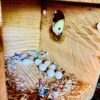
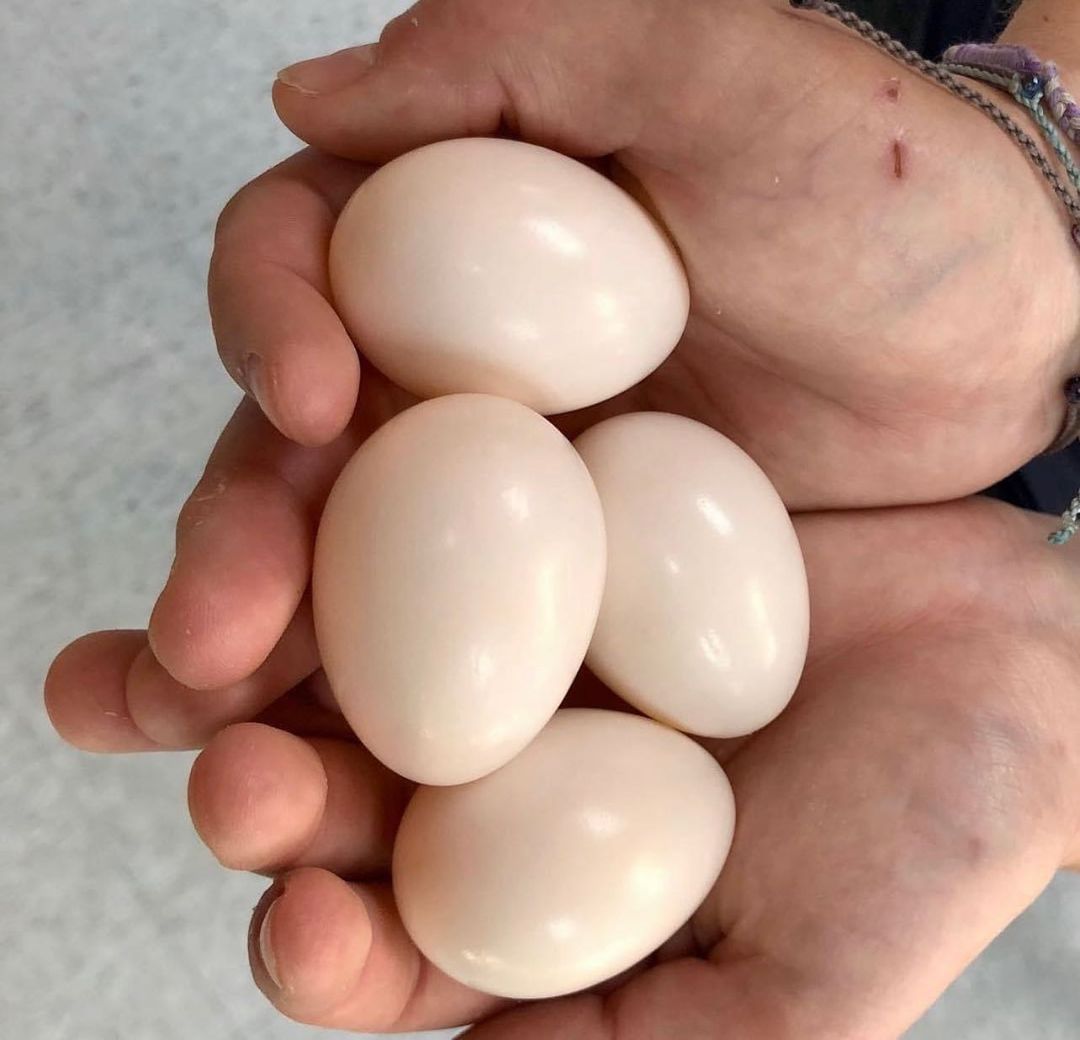
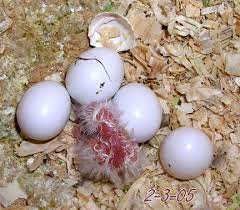
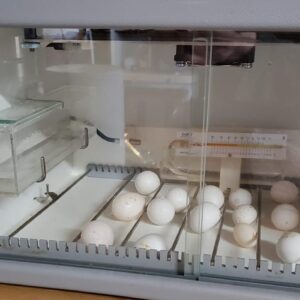
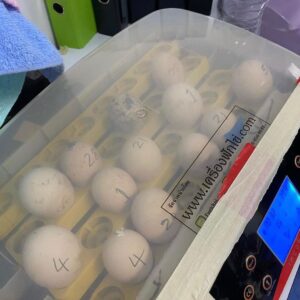
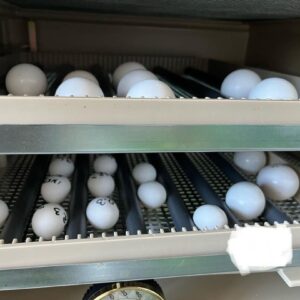
Reviews
There are no reviews yet.